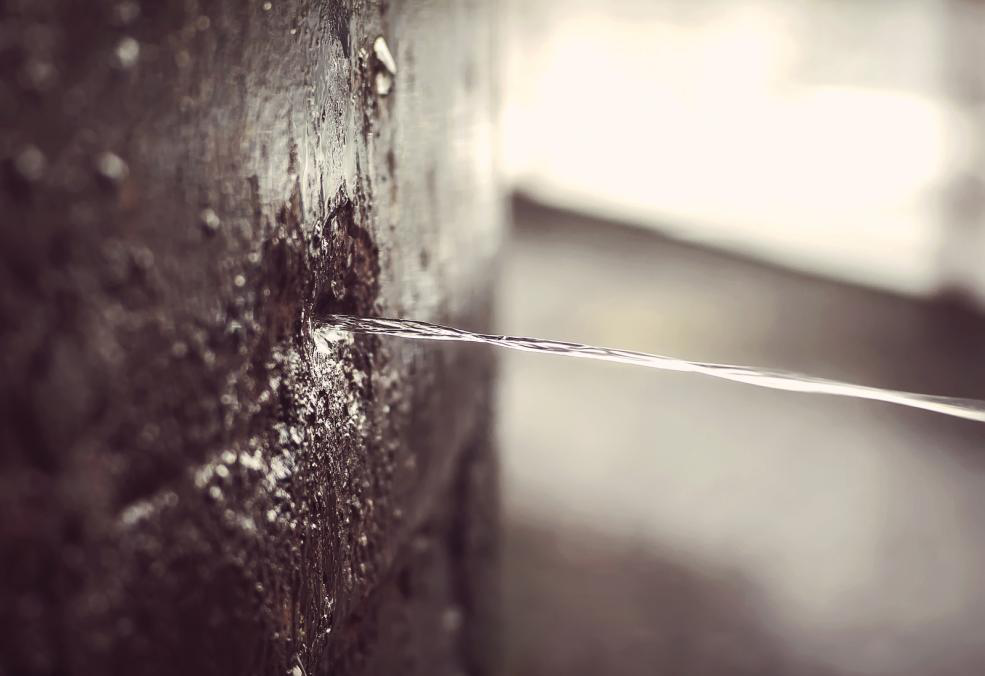6 Ways to Find Concealed Water Leaks in Your Home
6 Ways to Find Concealed Water Leaks in Your Home
Blog Article
The article following next on the subject of Leaking water lines is pretty much compelling. Give it a go and draw your own personal conclusions.

Early detection of dripping water lines can reduce a potential calamity. Some tiny water leaks might not be visible.
1. Examine the Water Meter
Every home has a water meter. Examining it is a surefire manner in which aids you find leakages. For beginners, switch off all the water sources. Make sure no one will purge, make use of the faucet, shower, run the washing equipment or dishwasher. From there, go to the meter and also watch if it will change. Since nobody is utilizing it, there should be no motions. That suggests a fast-moving leakage if it relocates. Also, if you find no changes, wait a hr or 2 as well as examine back again. This indicates you might have a slow-moving leakage that can even be below ground.
2. Inspect Water Intake
Evaluate your water costs and also track your water usage. As the one paying it, you need to discover if there are any type of disparities. If you spot sudden changes, in spite of your usage coinciding, it suggests that you have leaks in your plumbing system. Keep in mind, your water costs need to drop under the exact same variety on a monthly basis. An abrupt spike in your costs shows a fast-moving leakage.
A steady boost every month, even with the same habits, reveals you have a slow-moving leak that's also gradually escalating. Call a plumber to extensively examine your building, specifically if you really feel a warm location on your flooring with piping beneath.
3. Do a Food Coloring Examination
When it pertains to water usage, 30% comes from commodes. Test to see if they are running effectively. Drop flecks of food shade in the storage tank and wait 10 mins. If the shade in some way infiltrates your dish throughout that time without flushing, there's a leak between the container as well as bowl.
4. Asses Outside Lines
Do not forget to check your outdoor water lines too. Needs to water seep out of the connection, you have a loose rubber gasket. One little leak can throw away bunches of water and spike your water costs.
5. Check and also Assess the Circumstance
Homeowners ought to make it a routine to inspect under the sink counters and also also inside cupboards for any kind of bad odor or mold and mildew development. These two red flags show a leak so prompt attention is required. Doing routine evaluations, even bi-annually, can conserve you from a significant trouble.
Check for stainings as well as compromising as the majority of pipelines and also appliances have a life span. If you presume leaking water lines in your plumbing system, don't wait for it to escalate.
Early detection of leaking water lines can alleviate a prospective disaster. Some tiny water leakages might not be noticeable. Examining it is a surefire method that aids you discover leakages. One tiny leakage can squander lots of water and increase your water costs.
If you presume dripping water lines in your plumbing system, do not wait for it to rise.
WARNING SIGNS OF WATER LEAKAGE BEHIND THE WALL
PERSISTENT MUSTY ODORS
As water slowly drips from a leaky pipe inside the wall, flooring and sheetrock stay damp and develop an odor similar to wet cardboard. It generates a musty smell that can help you find hidden leaks.
MOLD IN UNUSUAL AREAS
Mold usually grows in wet areas like kitchens, baths and laundry rooms. If you spot the stuff on walls or baseboards in other rooms of the house, it’s a good indicator of undetected water leaks.
STAINS THAT GROW
When mold thrives around a leaky pipe, it sometimes takes hold on the inside surface of the affected wall. A growing stain on otherwise clean sheetrock is often your sign of a hidden plumbing problem.
PEELING OR BUBBLING WALLPAPER / PAINT
This clue is easy to miss in rooms that don’t get much use. When you see wallpaper separating along seams or paint bubbling or flaking off the wall, blame sheetrock that stays wet because of an undetected leak.
BUCKLED CEILINGS AND STAINED FLOORS
If ceilings or floors in bathrooms, kitchens or laundry areas develop structural problems, don’t rule out constant damp inside the walls. Wet sheetrock can affect adjacent framing, flooring and ceilings.
https://www.servicemasterbyzaba.com/blog/how-to-detect-water-leakage-in-walls/

We were shown that report about Finding hidden leaks from an associate on a different blog. Do you know somebody else who is enthusiastic about Top leak detection hacks? Please feel free to share it. Thanks for your time. Please come by our blog back soon.
Report this page